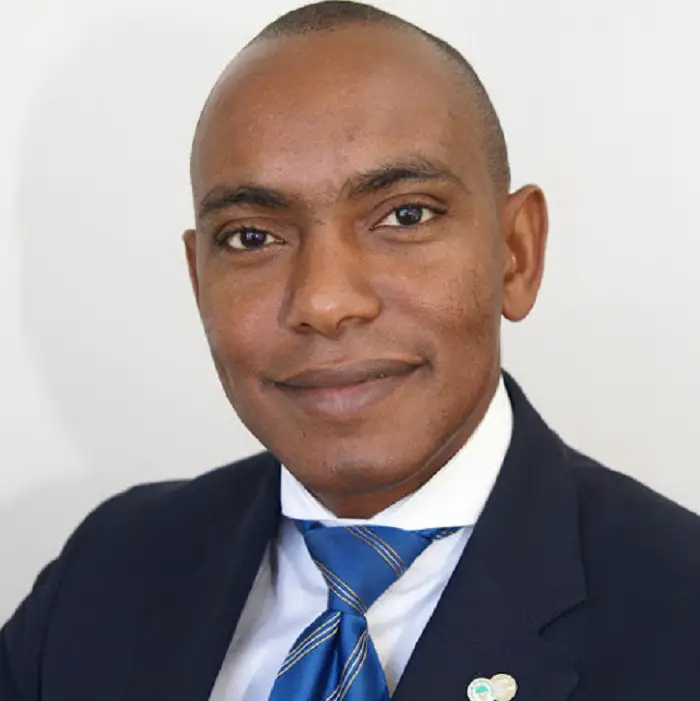African countries have in the past several years worked round the clock spending millions on energy projects that aim to increase access and distribution of energy. However, meeting its energy goals is still one of the greatest challenges facing Africa that has 13% of the world’s population, but 48% of the share of the global population without access to electricity.
Governments and their agency planners are always looking to spend wisely in order to not only provide energy to its citizens but also achieve clean energy goals.
However, transitioning to clean energies is not always easy considering they always have citizens whose standard of living is often tied to cheap, yet environmentally harmful fossil fuels. In addition, their utilities depend on existing grids based on fossil fuel infrastructure.
However big changes are underway. Innovation is helping utilities to digitise, decarbonise, and decentralise their modern grids to address expanding energy needs. All these at affordable costs.
Between 2006 and 2014, the average market price of solar modules, for example, declined from $4/Watt peak to $0,50/Watt peak. It has been calculated that prices have decreased by approximately 24% each time the installed capacity has doubled.
Utilities are taking these cost reductions and technology innovations to improve grid efficiency, to enable demand response mechanisms that allow adjustment of energy consumption when required, and for designing bi-directional power streams that recognize the new requirements of renewables on the grid “edge”.
Energy-consuming citizens now accept some degree of flexibility in their consumption patterns in order to assure a future clean planet for the generations that will follow. Utilities are bridging the gap between information systems and operational systems to leverage data for improved customer service.
New technologies, including weather forecasting software, remote management, and energy storage are redefining the reliability of renewable energy sources. A grid operator can now evaluate the performance of an individual wind turbine and make adjustments from his control centre thousands of kilometres away.
The transition to clean energy is a step-by step-process, but three key elements are in place that ease the transition:
- Interim solutions:In order for the global community to achieve its goal of limiting global warming to under 2°C – the mandate reached at COP21 – low-emission alternatives to coal must be quickly embraced and integrated. About 41% of the world’s electricity today is coal-powered. Natural gas offers a rapid, relatively clean, and inexpensive interim step in the global transition from high CO2 emissions fossil fuels to renewable energy sources.
- Innovation at every level:New innovation in the domains of smart meters, energy storage systems, and microgrids are enabling the transition to renewables and higher levels of energy efficiency. Home offices, industrial sites, office buildings and healthcare facilities, can all benefit in terms of lower costs and higher reliability. From the utility side, benefits include faster uptimes in the event of a blackout, more insight into customer energy behavior, and a means to bring more stability to the larger grid.
- Marketplace changes:Traditional oil and coal access sites are complex, costly and located in remote areas far from human populations. Solar energy generation, on the other hand, is available and cost effective in those geographies where 98% of humans live. In a growing number of situations, users can even buy electricity from parties other than their traditional utilities. These traditional utilities could see a future of millions of small- and medium-sized competitors trading electricity between themselves, thanks to interconnected technologies and real-time spot markets.
The transformation of the energy value chain is picking up global momentum, and innovation at every level is driving it. African governments must not fall behind in this revolution.

